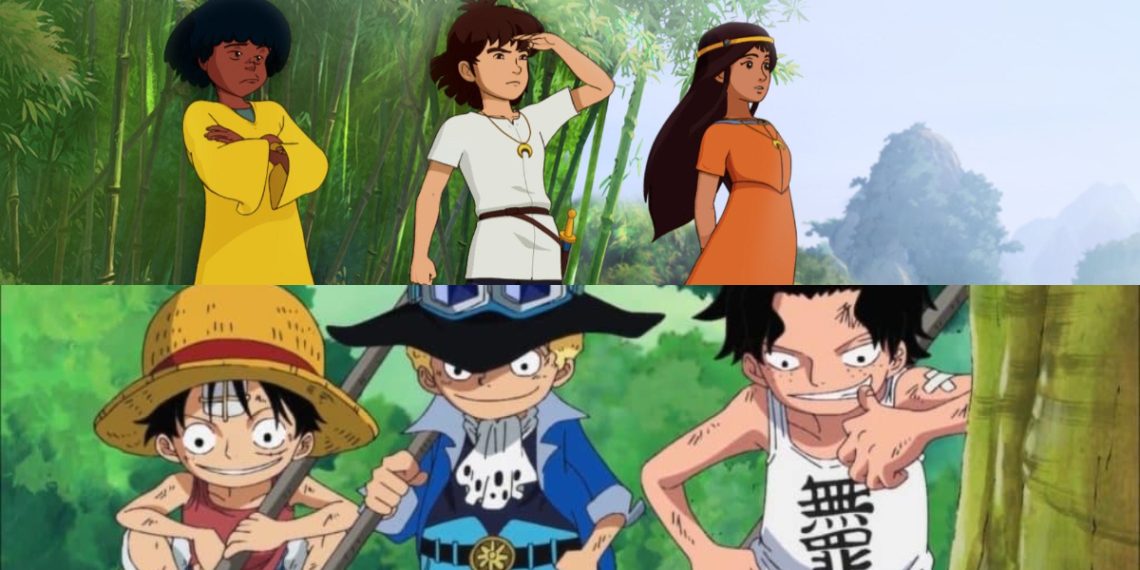One Piece is rightly praised for its immersive world-building, intricate lore, and tantalizing mysteries yet to be revealed. However, it’s no secret that author Eiichiro Oda skillfully weaves in inspiration from diverse sources to craft his epic masterwork.
Some influences are overt, like the Spanish themes in Dressrosa or the feudal Japanese motifs of Wano Country.
Yet Oda also subtly incorporates ideas from a beloved anime he avidly followed in his youth during the 1980s.
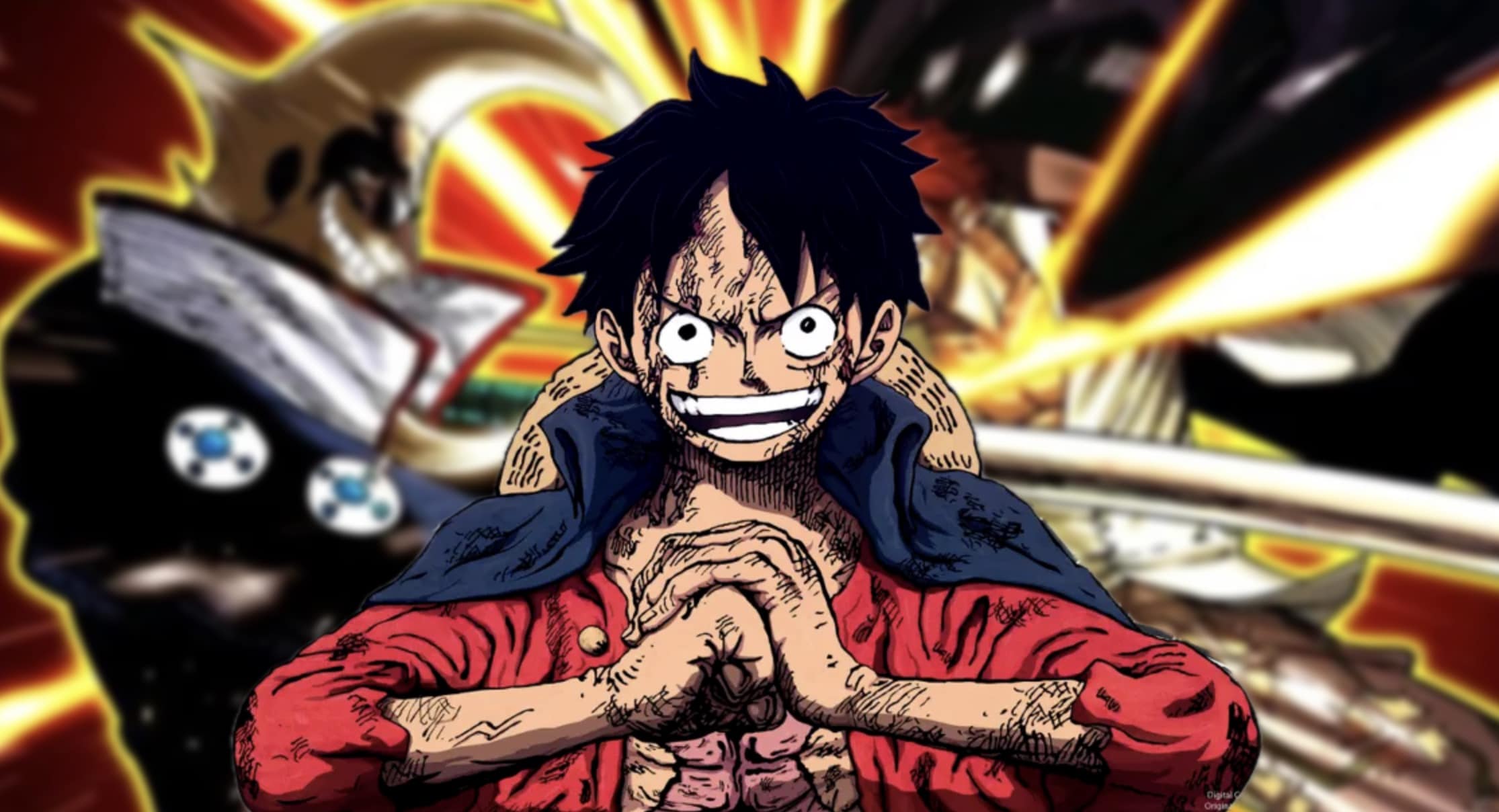
This is not to imply he copied or plagiarized content, but rather that the series helped shape foundational plot points and narrative structures that still resonate through the highest-selling manga today.
Longtime fans may be unaware of this nostalgic connection from Oda’s past. But tracing these origins illuminates his creative process of synthesizing eclectic influences into One Piece’s singularly captivating storyscape.
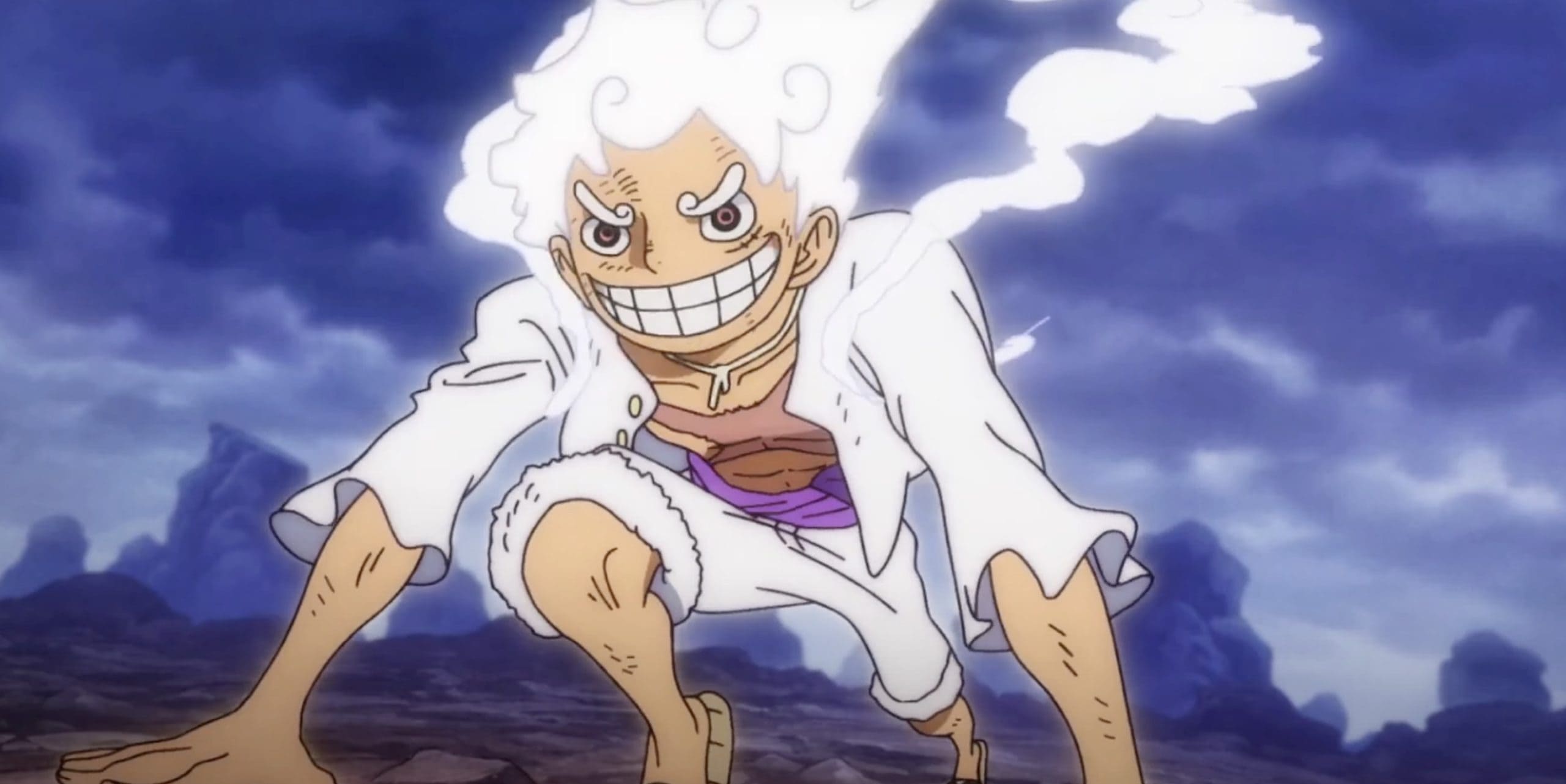
Oda transmutes inspiration into imagination; and tropes into tales that feel freshly minted yet familiar. Echoes from that seminal 80s anime still pervade the Sea of Mystery today.
The Mysterious Cities of Gold’s Profound Impact on One Piece’s Inspirational Foundations
The 1980s anime that profoundly inspired One Piece is the classic 39-episode series The Mysterious Cities of Gold. Numerous intriguing parallels exist between the two epics.
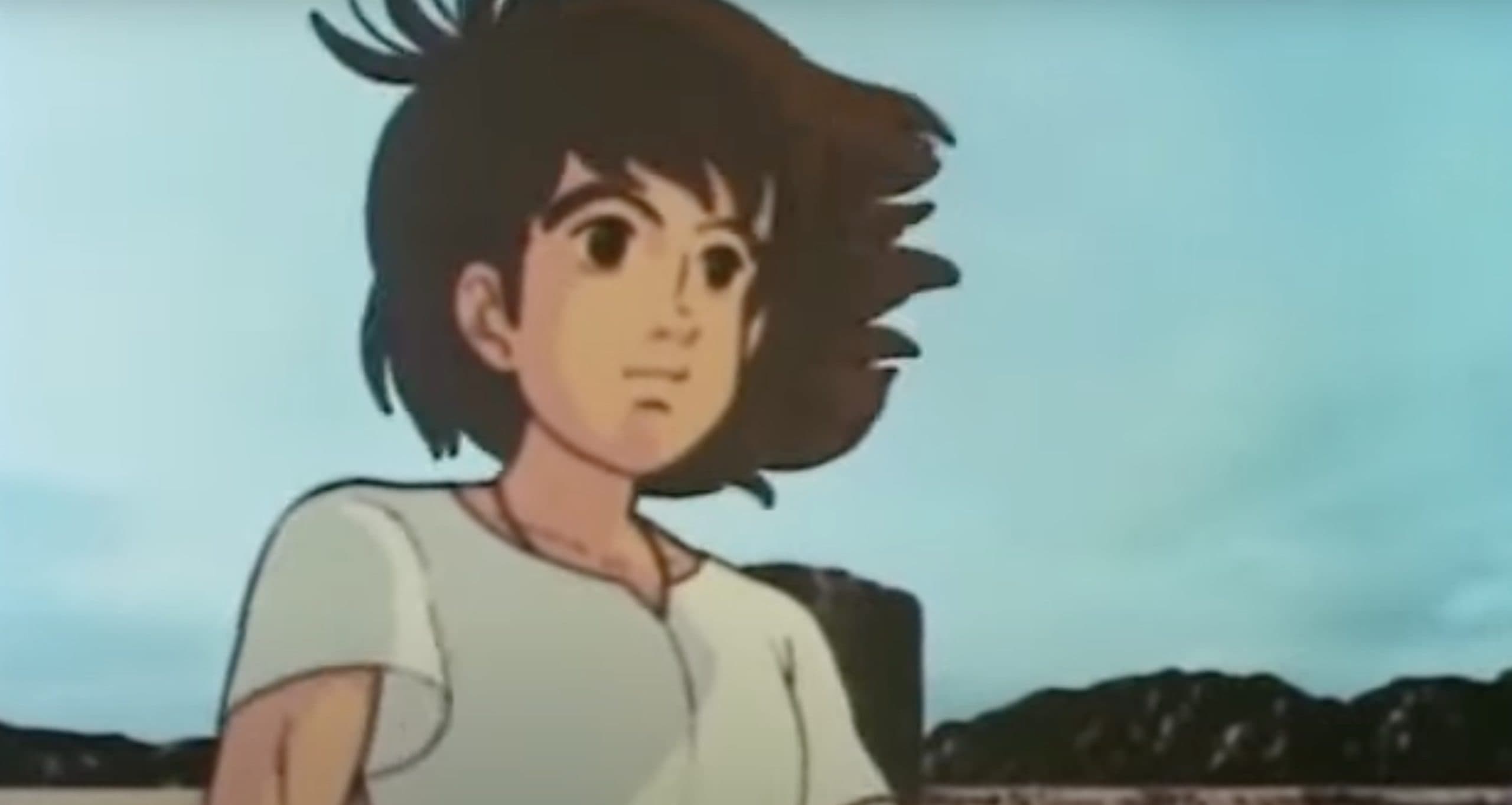
The most striking similarity is the protagonists’ divine solar connections – The Mysterious Cities of Gold hero Esteban is revered as the Child of the Sun God, foreshadowing Luffy’s role as the Sun God Nika’s champion.
Both adventure crews voyage towards a New World shrouded in mystery.
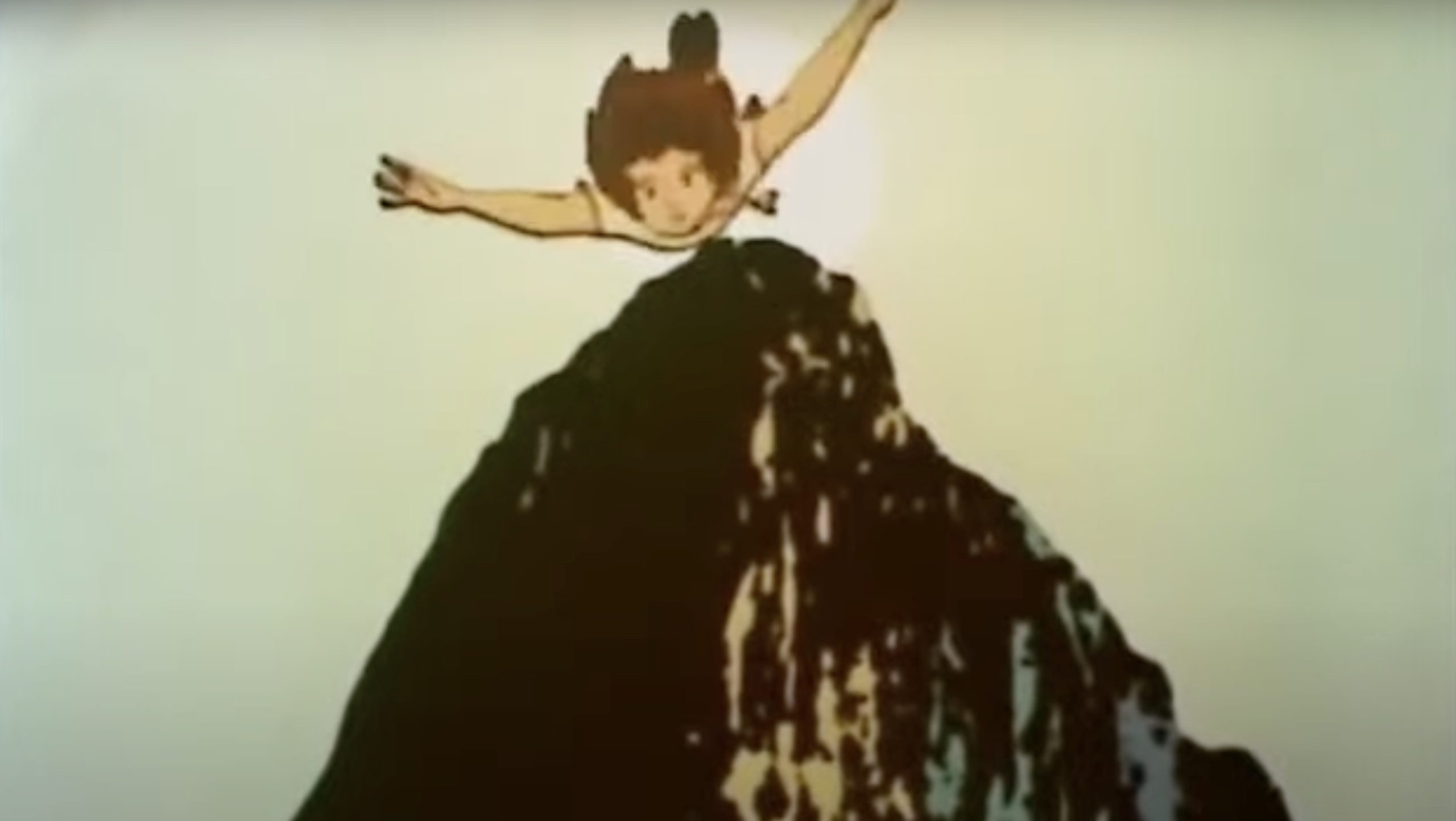
Additionally, Zia serves as the sole ancient text translator among her peers, much like Nico Robin among the Straw Hats.
There are also four pivotal locations in The Mysterious Cities of Gold that unveil paths to the legendary cities, echoing One Piece’s Road Poneglyphs that point toward Laugh Tale.
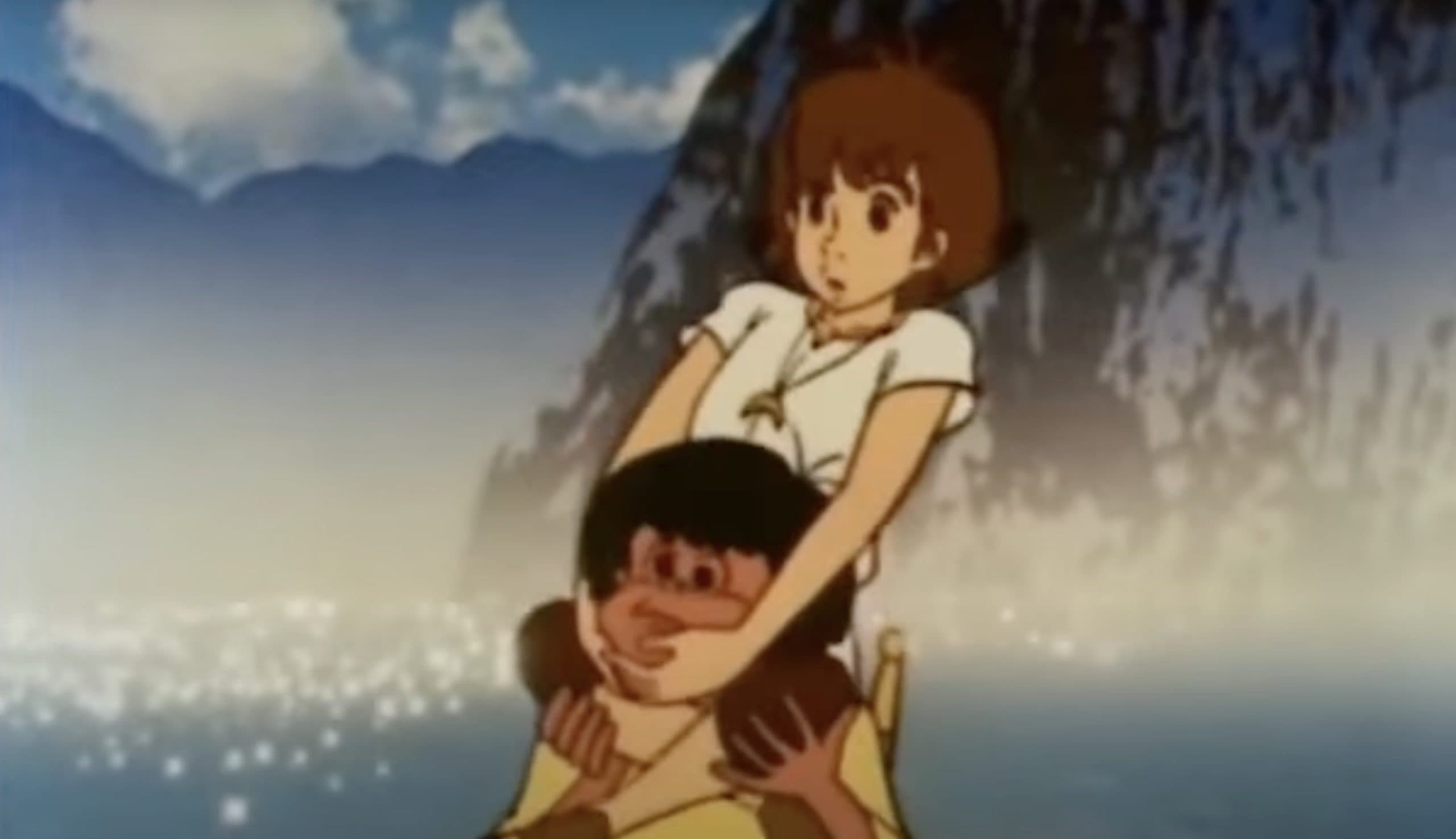
Even the hieroglyphic design of Poneglyph texts resembles the esoteric inscriptions of Zia deciphers.
These uncanny resonances suggest Oda imprinted pivotal structural and thematic templates witnessed in The Mysterious Cities of Gold onto One Piece’s narrative canvas during his youth.

Both shows share a sense of intrepid exploration and antiquity’s secrets tantalizingly being unearthed after ages in shadow.
Both tales also showcase ancient advanced technologies lost to the modern world. The Cities of Gold harbors forgotten mechanical wonders, much as many lost inventions and techniques from the Void Century still sporadically resurface in One Piece’s contemporary world.
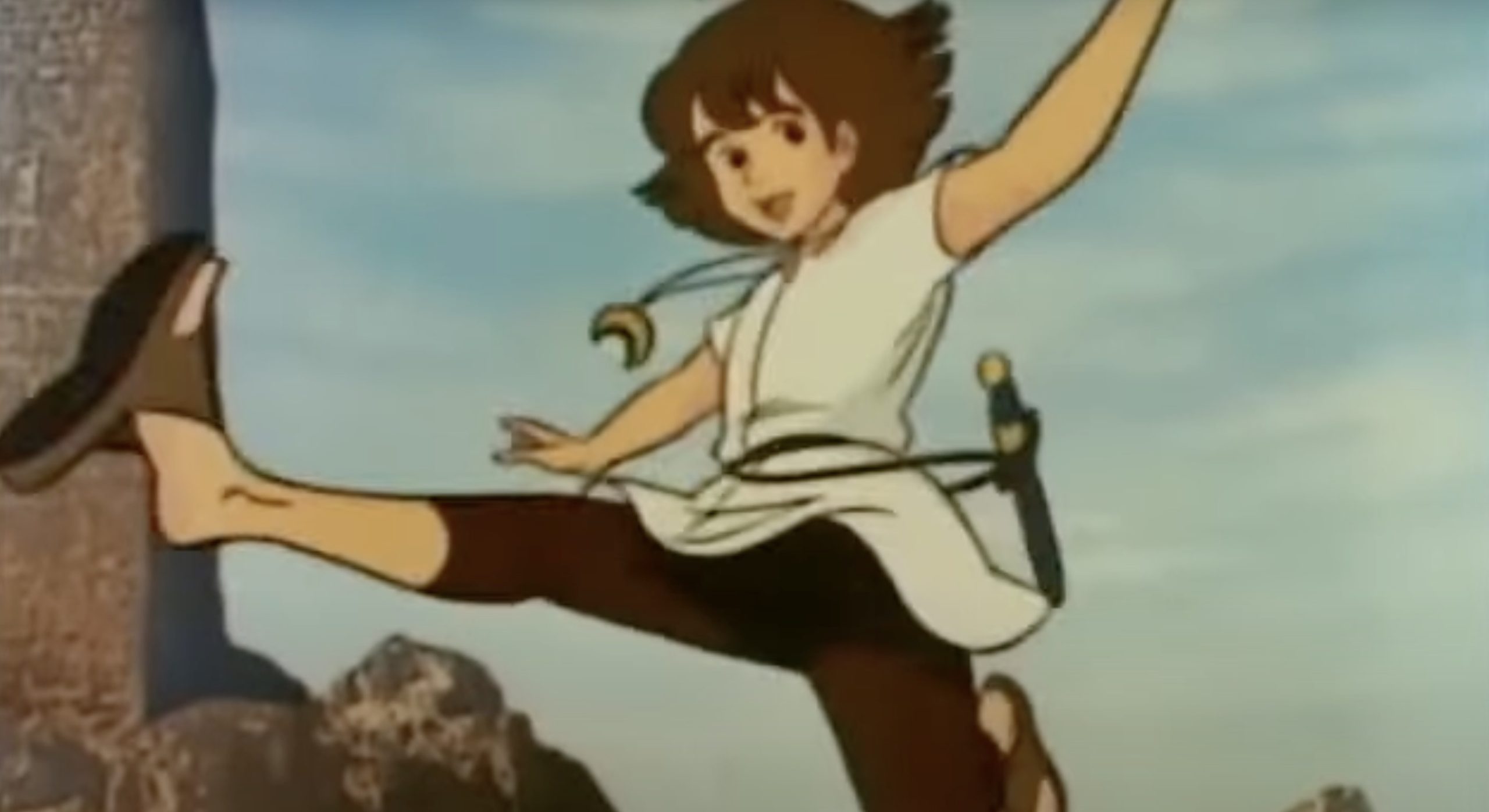
Additionally, some fans speculate The Mysterious Cities of Gold’s explanation that the radiant golden cities were originally built to shelter people from a cataclysmic war might have inspired One Piece’s mythic Void Century battle.
However, this connection remains conjectural despite other verified homages.

In totality, these resonant parallels spotlight how impactful The Mysterious Cities of Gold proved in inspiring Eiichio Oda’s foundational vision of civilization remnants submerged in mystery.
That seminal 1980s anime clearly cultivated key building blocks supporting One Piece’s extraordinarily rich world and backstory.
How This Is Connected To One Piece
Upon learning of the many substantive links between The Mysterious Cities of Gold and One Piece, some fans understandably wondered if Oda plagiarized plot elements or if the 1980s anime broadly maps One Piece’s eventual conclusion.
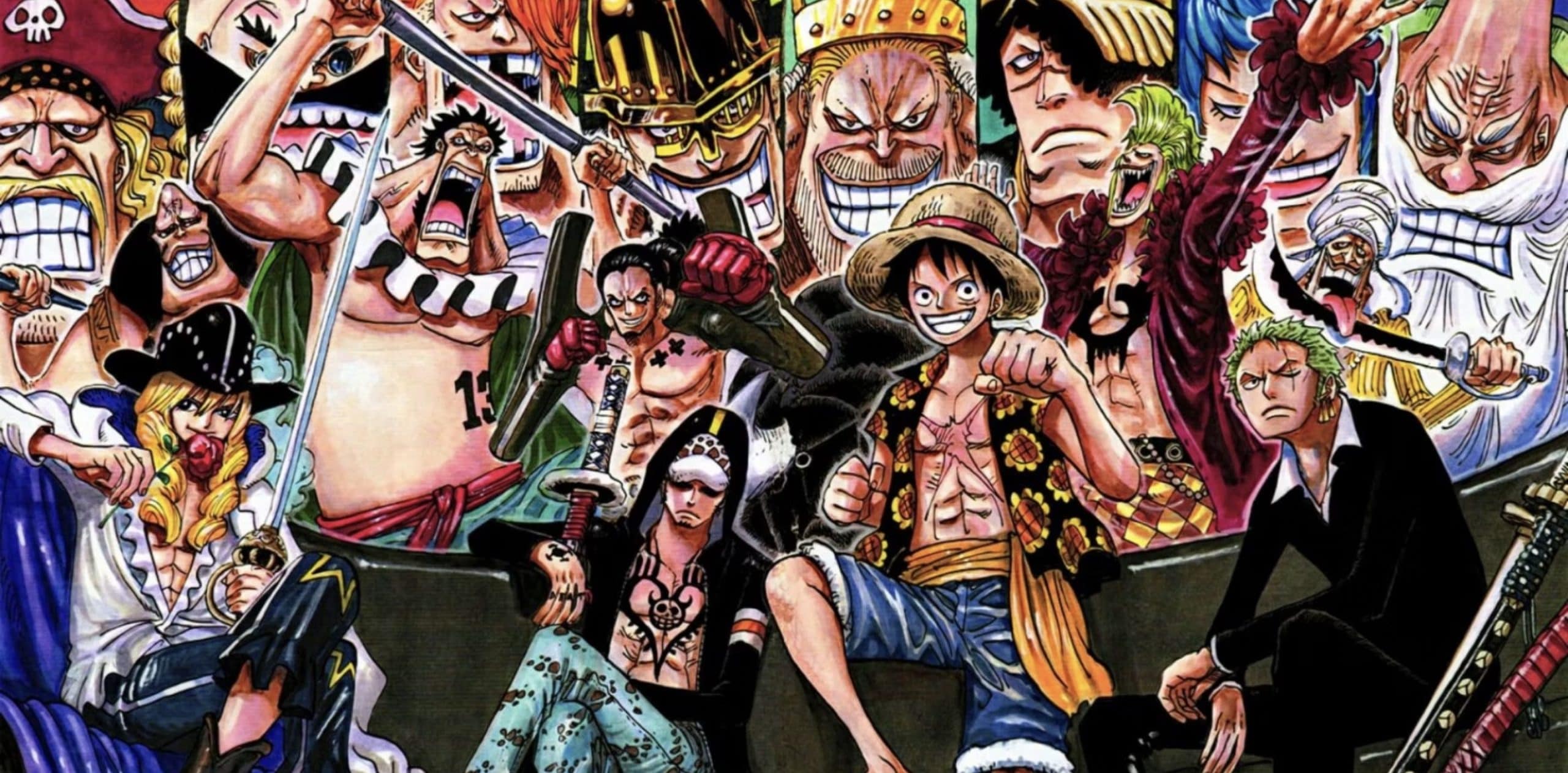
However, while Oda undoubtedly embraced inspiration from that nostalgic source, his manga has markedly distinguished itself over decades of publication.
While spiritual echoes exist between the two epics, Oda infused his work with myriad unique creative visions from the outset.
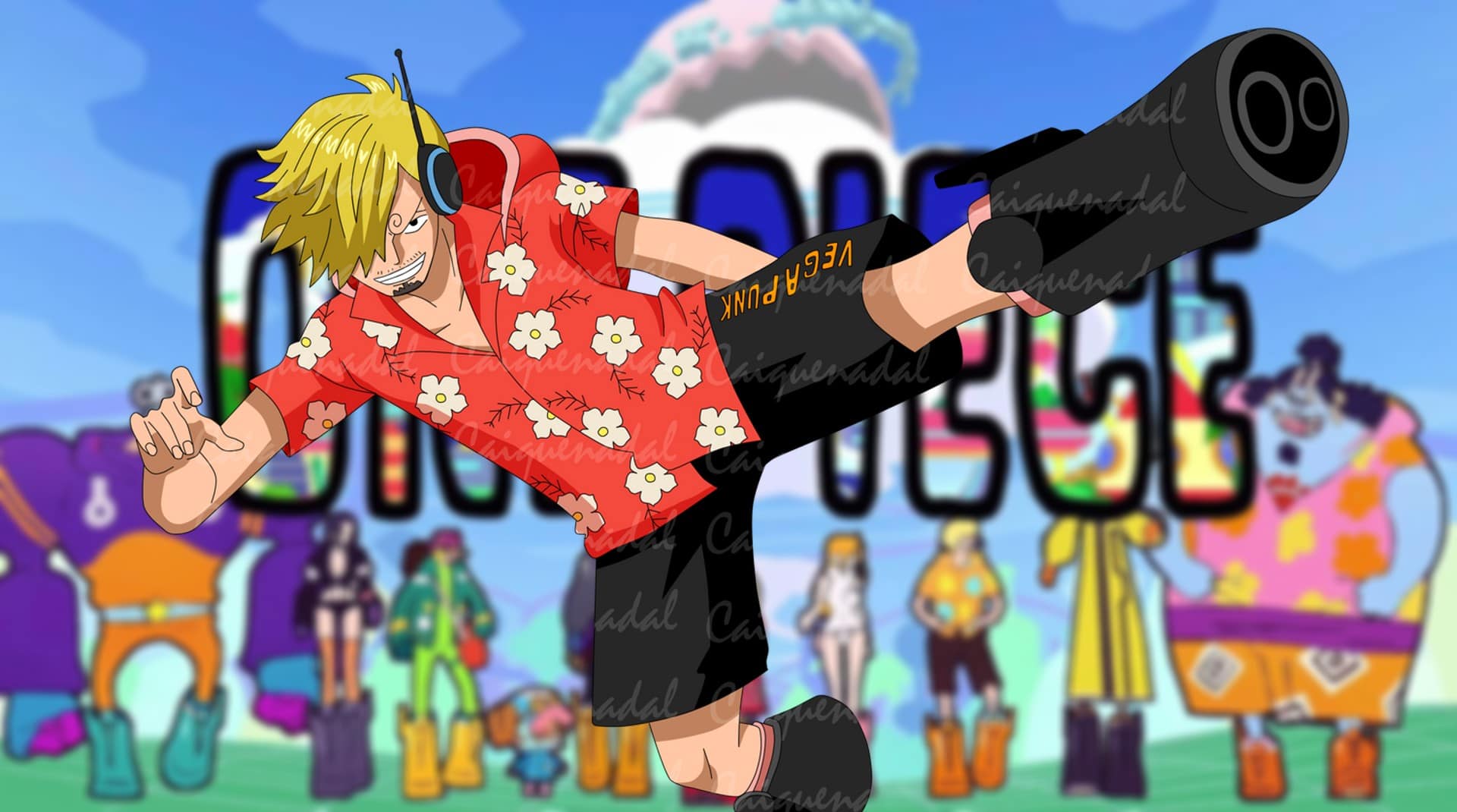
One Piece crafted its own tone, themes, and mythos – establishing a more solemn world ruled by an authoritarian World Government, balanced with trademark moments of weird humor.
As Oda continues disclosing past Poneglyph revelations, the specific details, characters, and ultimate outcome seem assured to diverge from The Mysterious Cities of Gold template.
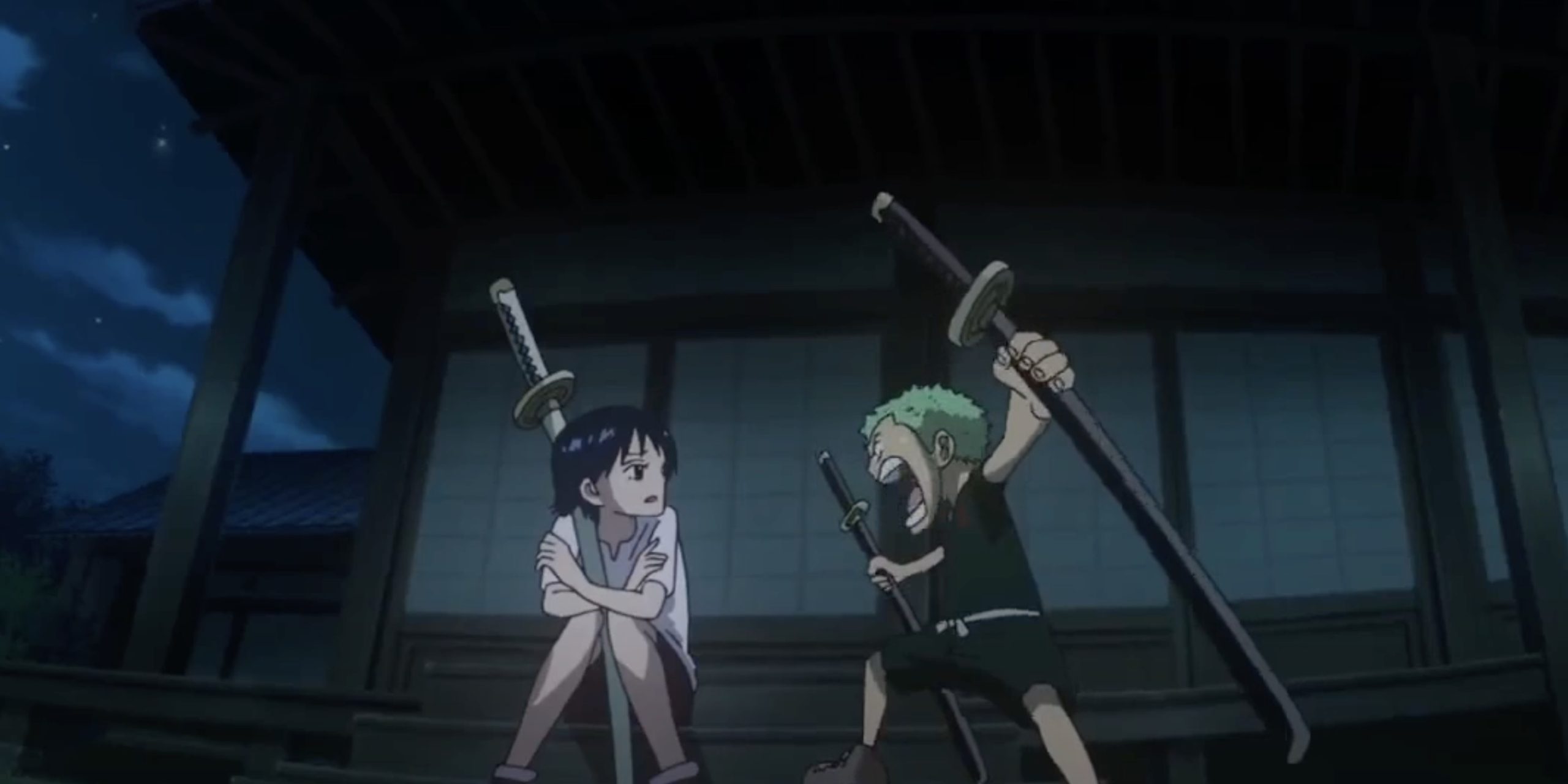
Both classics feature mysterious ancient kingdoms and seafaring adventure crews chasing a legend.
But Oda evolved his precursor’s ideas into a complex, idiosyncratic world that stands wholly distinct even when paying homage to that 1980s masterpiece that left such an impression in his youth.
If you love reading manga and looking for more such content, you can have a look at the “news” section of our site to stay up to date with everything going on in the industry.


